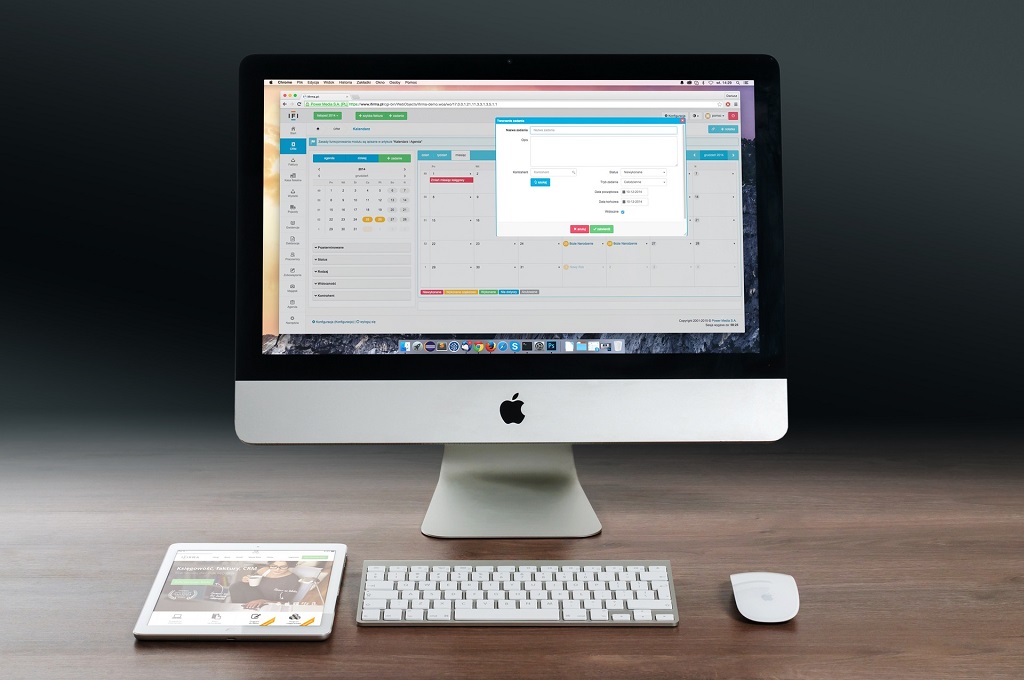Home > Blog > Your Agile Project Management Software Needs This
Your Agile Project Management Software Needs This

Before I was a project manager at Craft, I worked on many software projects, each with their own quirks and challenges. A lot of the problem solving took skill and experience, which I inevitably acquired. Other problems, I learned over time, can be either avoided or overcome with the right technical tools.
Much of project management is about keeping an increasing number of balls in the air – keeping track of status, juggling resources and managing tasks and the team members who are assigned to them. An important aspect of project management is to trust your tools to store, streamline and remind you of things. While we are only human, good project management software is designed to contain it all.
Project management in agile teams is even more of a rollercoaster ride – sprints are many and close together, collaboration needs to be seamless and hyper-efficient to avoid wasting time and prioritizing should be a breeze and not a Herculean mission.

Agile project management tools are tailored for the agile process, and suited for agile teams’ needs. Here are the absolutely must-have features that any project management software I work with needs to have:
1. Plan a road map and define versions
Absolutely necessary, if I want to be able to talk to the product team in their own terms. The roadmap is essentially the product’s pulse and every other schedule and task need to derive from that and be accountable to the roadmap.
2. Define sprints
After the roadmap, sprints are the second most important time-work unit in the agile product development process. And again – the project manager needs to be on par and in sync with her/his team.
3. Assign tasks to specific groups and people (dev, design, analytics)
If I were a project manager in a software company that works with the waterfall model, I would have been satisfied with a simple assignment of tasks to specific roles. In the agile world, I need all the flexibility I can get, to be able to assign tasks to roles, individuals, groups and sub-sections of the product team. It is an essential part of successful collaboration on a product.
4. Follow up on tasks
I don’t need to explain this one, right?
5. Visibility at any time of the tasks assigned to all team members
I am only able to follow up on tasks and manage deadlines well if I can segment the tasks the way I need. Sometimes I need to see how a certain team is doing, and other times I want to identify bottlenecks.
6. Separately manage bugs and new features
Most agile project management systems have realized the importance of this ability, but not all of them. Some critical bugs are so urgent, they never make it to prioritization, while new features require a whole separate work process, including ideation and discovery, which bug management doesn’t require.
7. Assign priority for development items (bugs, improvements)
If discovery is the heart of the agile product development process, prioritization is the lungs, kidneys and liver. Prioritization relies heavily on smart resource management and every agile project manager needs a tool to help her/him visualize it.
8. Manage development time estimates and actual time
The only way to improve productivity is to settle ideal with reality. “Should be” Vs. “Actually is” is a very important means for project managers to slowly learn the real time it takes to complete each task, plan better and manage resources more efficiently.
9. Clear view of the current sprint progress
I’ve seen this done in many different ways. Personally, I’m a fan of strong visual form that allows you to see where the process stands, both in percentage and in tasks.
The value of good project management software is measured in its contribution to the team’s performance during each sprint. Really good project management software should help you improve performance during the sprint planning by providing benchmarks. These benchmarks are created by measuring estimate vs. real time, scope per schedule and other sprint and product metrics. Since we can only improve what we can measure, and we can only measure what we know, the role of a smart management tool is often what differentiates standstill from progress.
BONUS: learn how to be succesful Product Marketing Manager from our guide

